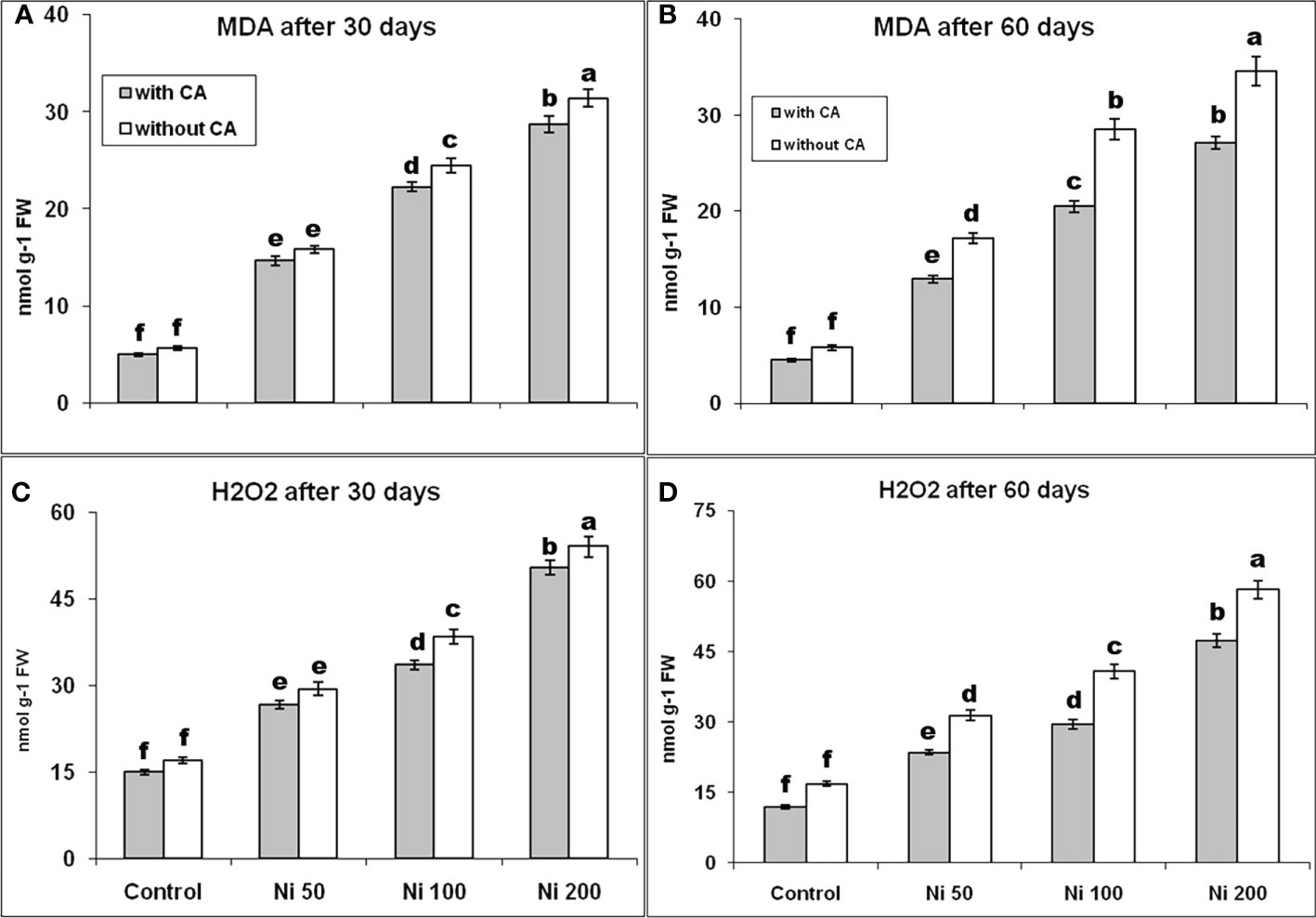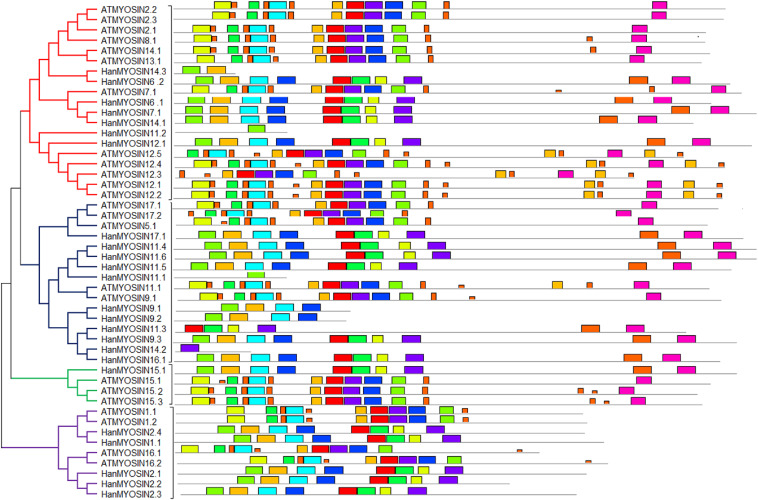Breadcrumb
Features selection for building an early diagnosis machine learning model for Parkinson's disease
In this work, different approaches were evaluated to optimize building machine learning classification models for the early diagnosis of the Parkinson disease. The goal was to sort the medical measurements and select the most relevant parameters to build a faster and more accurate model using feature selection techniques. Decreasing the number of features to build a model could lead to more efficient machine learning algorithm and help doctors to focus on what are the most important measurements to take into account. For feature selection we compared the Filter and Wrapper techniques. Then we selected a good machine learning algorithm to detect which technique could help us by calculate the crossover scores for each technique. This research is based on a dataset which was created by Athanasius Tsanas and Max Little of the University of Oxford, in collaboration with 10 medical centers in the US and Intel Corporation. This target of these medical measurements is to find the Unified Parkinson's disease rating scale (UPDRS) which is the most commonly used scale for clinical studies of Parkinson's disease. © 2016 IEEE.




